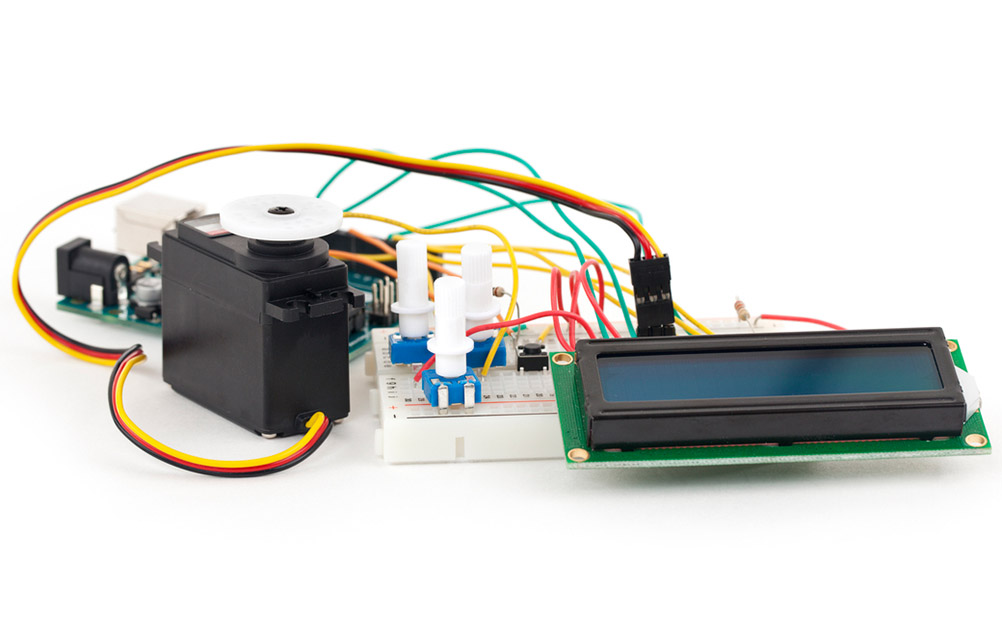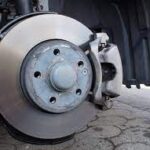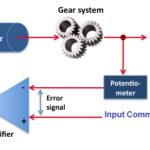What is Servo Motor?
This is nothing but a simple electrical motor, controlled with the help of servomechanism. If the motor as controlled device, associated with servomechanism is DC motor, then it is commonly known DC Servo Motor. If the controlled motor is operated by AC, it is called AC Servo Motor.
Servo Motor Theory
There are some special types of application of electrical motor where rotation of the motor is required for just a certain angle not continuously for long period of time. For these applications, some special types of motor are required with some special arrangement which makes the motor to rotate a certain angle for a given electrical input (signal). For this purpose servo motor comes into picture. This is normally a simple DC motor which is controlled for specific angular rotation with the help of additional servomechanism (a typical closed loop feedback control system). Now day’s servo system has huge industrial applications.
Servo motor applications are also commonly seen in remote controlled toy cars for controlling the direction of motion and it is also very commonly used as the motor which moves the tray of a CD or DVD player. Besides these, there are other hundreds of servo motor applications we see in our daily life. The main reason behind using a servo is that it provides angular precision, i.e. it will only rotate as much we want and then stop and wait for next signal to take further action. This is unlike a normal electrical motor which starts rotating as and when power is applied to it and the rotation continues until we switch off the power. We cannot control the rotational progress of electrical motor, but we can only control the speed of rotation and can turn it ON and OFF.
Now we come to the specific answer of the question “what is servo motor?”
Servo motor is a special type of motor which is automatically operated up to certain limit for a given command with help of error-sensing feedback to correct the performance.


